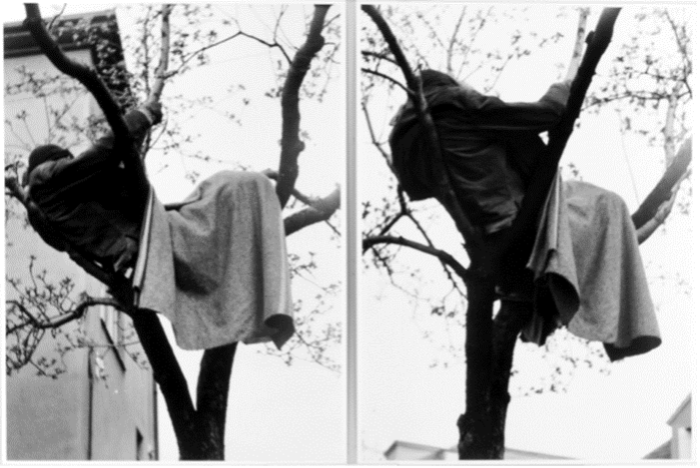Starting from Seneca’s De otio and Leon Battista Alberti’s On the Tranquility of the Soul, this lecture will firstly examine ancient and premodern theories of ‘retreat as resistance’ in politically adverse times: Under what conditions does withdrawal become an ethical and political stance? Should the wise person serve every state? What forms can resistance take? Hana Gründler will then analyze how and why these historical figures and models of thought were critically appropriated and modified by so-called nonconformist artists and philosophers in the ČSSR of the 1970s. In addressing these continuities, the question then becomes what kind of transhistorical imaginative spaces are created as a result? And to what extent can art and philosophy as micro-ethical practices contribute to both subtle transformations of the self and the living world even under totalitarian conditions? The talk will conclude with a brief meditation on how these ethico-aesthetic strategies of resistance might be functional critical instruments also in our contemporary world.
Hana Gründler is a philosopher and image historian. She is a Permanent Senior Research Scholar and Head of the Research Group Ethico-Aesthetics of the Visual at the Kunsthistorisches Institut in Florenz – Max-Planck-Institut. Her research areas include the intersections of philosophy and art (history), extending from the early modern period to the present time. Currently she is writing a book on art and philosophy as subversive practices in the ČSSR (1948–1989). Among her publications are the monograph Die Dunkelheit der Episteme. Zur Kunst des aufmerksamen Sehens (Berlin 2019), the special issue of the Zeitschrift für Ideengeschichte “Eastern Underground” (Munich 2024) as well as articles on the ethical dimension of art and visibility. She is also a co-editor of the Edition Giorgio Vasari and editor of Leon Battista Alberti’s moral dialogue Über die Seelenruhe oder vom Vermeiden des Leidens in drei Büchern (Berlin 2022).
This event is organised by Felix Jäger (Lecturer in Early Modern Art and Material Culture, The Courtauld).






